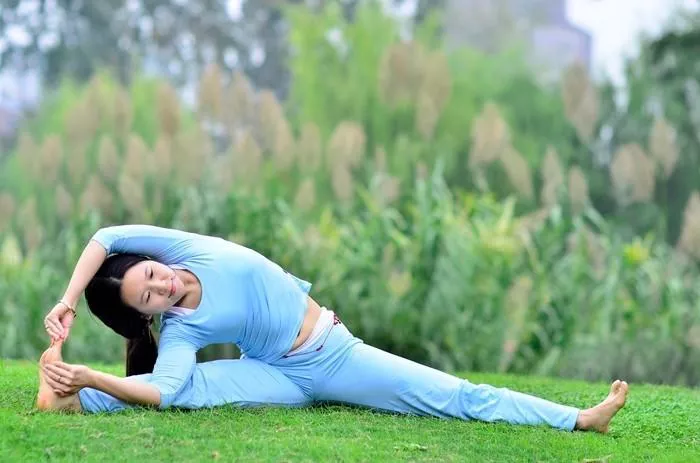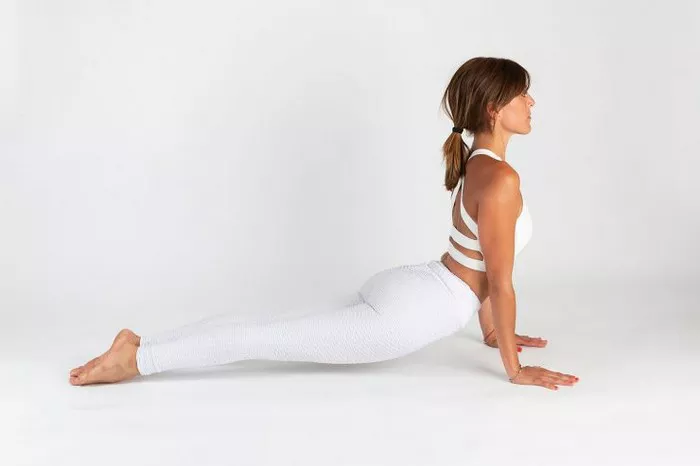Super Brain Yoga is an ancient technique that combines physical movements, breath control, and mindfulness to enhance brain function and overall well-being. Originating from the teachings of Kundalini yoga, this practice has gained popularity for its purported ability to improve memory, focus, and cognitive abilities. While its origins may lie in ancient yogic practices, its modern application has piqued the interest of researchers and practitioners alike. In this article, we will delve into the fundamentals of Super Brain Yoga, explore its potential benefits, and provide a comprehensive guide for its practice.
Origins and Concept
Super Brain Yoga is rooted in ancient yogic traditions, particularly within Kundalini yoga. It is believed to have originated in India thousands of years ago. The practice involves specific physical movements combined with breath control and focused intention, aiming to harmonize the body, mind, and spirit.
Potential Benefits
While anecdotal evidence of Super Brain Yoga’s benefits abounds, scientific research on its efficacy is still evolving. Proponents of the practice claim various benefits, including improved memory, concentration, and mental clarity. Some studies suggest that the rhythmic movement and controlled breathing involved in Super Brain Yoga may help synchronize brain hemispheres, leading to enhanced cognitive function.
However, it’s essential to approach these claims with a critical eye. While preliminary research is promising, more robust scientific evidence is needed to conclusively support the purported benefits of Super Brain Yoga. Additionally, individual experiences may vary, and the practice should not be viewed as a panacea for all cognitive concerns.
Step-by-Step Guide
Practicing Super Brain Yoga involves a series of simple yet precise steps. Here’s a step-by-step guide to help you get started:
1. Body Posture:
- Stand with your feet shoulder-width apart, keeping your spine erect and shoulders relaxed.
- Ensure that you are in a comfortable and stable position, with your weight evenly distributed between both feet.
2. Hand Placement:
- Use your dominant hand to reach across your body and grasp the earlobe of the opposite ear.
- Place your thumb on the front of the earlobe and your index finger behind, forming a gentle pinch.
- Make sure your fingers are positioned slightly above the earlobe, avoiding excessive pressure.
3. Breathing Technique:
- Inhale deeply through your nose as you squat down slowly.
- Hold your breath briefly as you reach the lowest point of your squat.
- Exhale slowly and steadily as you rise back up to the standing position.
- Maintain a smooth and controlled breathing rhythm throughout the exercise.
4. Repetitions:
- Start with a manageable number of repetitions, such as five to ten.
- Gradually increase the number of repetitions as you become more comfortable with the practice.
- Aim for consistency rather than intensity, focusing on quality over quantity.
Tips and Considerations
As with any new exercise regimen, it’s essential to approach Super Brain Yoga with caution and mindfulness. Here are some tips to help you get the most out of your practice:
1. Start slowly and listen to your body. Pay attention to any discomfort or strain and adjust your technique accordingly.
2. If you have any underlying health conditions or concerns, consult with a healthcare professional before beginning Super Brain Yoga.
3. Incorporate the practice into your daily routine to experience cumulative benefits over time.
4. Stay hydrated and nourished to support your body’s energy levels during practice.
Variations and Modifications
While the basic technique of Super Brain Yoga remains consistent, there are variations and modifications that cater to different needs and experience levels:
Seated Variation: For individuals with mobility issues or discomfort in standing positions, Super Brain Yoga can be performed while seated on a chair or the floor.
Wall Support: Beginners or those with balance concerns can use a wall or sturdy object for support during the squatting motion.
Breathing Emphasis: Focus on the breath by incorporating mindful breathing techniques, such as alternate nostril breathing, into your Super Brain Yoga practice.
Advanced Sequences: Explore advanced variations of Super Brain Yoga by incorporating additional movements or incorporating props like yoga blocks or straps.
Conclusion
In conclusion, Super Brain Yoga offers a holistic approach to enhancing cognitive function and overall well-being. While its origins may be steeped in ancient tradition, its modern application holds promise for individuals seeking to optimize their mental potential. By following a structured approach, incorporating mindful practice, and being mindful of individual limitations, practitioners can harness the benefits of Super Brain Yoga to cultivate clarity, focus, and vitality in their lives.
















